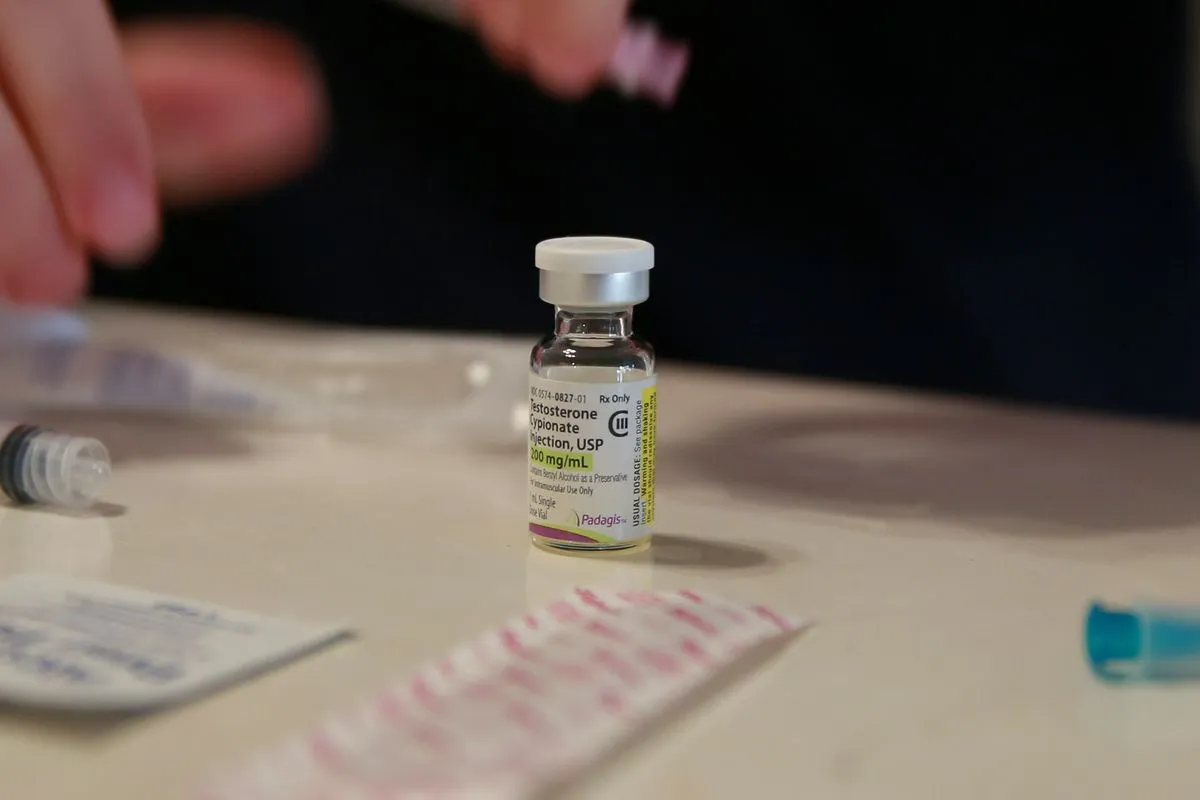In recent years, there has been a noticeable shift in the approach to mental health education and substance use prevention in U.S. schools. A growing emphasis on school mental health education is being seen across the country, with more resources being dedicated to teaching students how to manage their mental well-being. This focus has emerged as a critical response to the increasing mental health challenges faced by students, particularly in light of the disruptions caused by the COVID-19 pandemic. However, this shift is happening at a time when funding and attention to substance use prevention programs in schools have seen a decline.
The Rise of School Mental Health Education
School mental health education is now seen as essential in fostering the emotional well-being of students. It aims to equip young people with the tools and coping strategies they need to navigate challenges, manage stress, and develop resilience. Research indicates that mental health education can have a profound impact on reducing anxiety, depression, and other psychological issues that can interfere with academic performance and overall development.
The focus on mental health has expanded well beyond traditional counseling services. In many districts, mental health education is integrated into the core curriculum, and it involves teaching students about emotional regulation, stress management, mindfulness, and building supportive social networks. Schools are increasingly adopting social-emotional learning (SEL) programs, which are designed to help students understand and manage their emotions, set positive goals, show empathy for others, and establish positive relationships.
A key factor driving the rise in mental health education is the growing recognition of the youth mental health crisis. Recent studies show that mental health issues among children and adolescents have been on the rise for several years. The National Institute of Mental Health reports that one in five children in the U.S. experiences a mental health disorder, with anxiety and depression being the most common. The pandemic exacerbated these issues, creating a spike in mental health concerns such as loneliness, stress, and feelings of isolation.
In response, federal and state governments, as well as non-profit organizations, have called for more comprehensive mental health education. Programs that focus on building emotional resilience and teaching students how to recognize and seek help for mental health issues have become a priority. School districts across the U.S. are increasing funding for counselors and mental health professionals and are incorporating mental health resources into classroom settings.
The Decline of Substance Use Prevention Programs
While mental health education gains prominence, substance use prevention programs in schools have seen a decline, which has raised concerns among experts and advocates. The decline in substance use prevention initiatives is primarily due to reduced funding and a shift in educational priorities. At a time when mental health programs are gaining attention, substance use prevention programs have often been relegated to the background, despite the significant role they play in safeguarding students’ physical and mental health.
Substance use prevention programs have long been a staple in school health education, focusing on educating students about the risks of drug and alcohol use and promoting healthy decision-making. These programs aim to prevent substance abuse before it begins, by teaching students about the dangers of addiction and providing them with strategies to resist peer pressure.
However, funding for these programs has been inconsistent in recent years, and many schools have cut back on their substance use prevention efforts. In 2021, a report by the Centers for Disease Control and Prevention (CDC) indicated a decline in the number of school districts offering substance use prevention education. With fewer resources allocated to these initiatives, fewer students are receiving the comprehensive education they need to make informed choices about substance use.
One factor contributing to this decline is the shift in focus to mental health education, which has gained momentum as a response to the mental health crisis in schools. Although mental health and substance use are closely linked, many schools have prioritized mental health programs over substance use prevention. Mental health education and substance use prevention share common goals, but the narrowing of focus has meant that schools are less likely to have the resources to implement both simultaneously.
Moreover, the increasing normalization of certain substances, such as vaping products and marijuana, has posed a challenge to traditional prevention programs. The rise of e-cigarette use among teens has complicated substance use prevention efforts, as the risks associated with vaping are still being studied. As the landscape of substance use among youth continues to evolve, many schools are struggling to adapt their prevention strategies to address these new challenges.
The Intersection of Mental Health and Substance Use
The decline in substance use prevention programs is especially concerning when considering the close relationship between mental health and substance abuse. Research consistently shows that individuals with mental health disorders are at a higher risk of engaging in substance use as a coping mechanism. Anxiety, depression, and trauma often lead young people to seek relief through alcohol, drugs, or other harmful substances.
In fact, the National Institute on Drug Abuse reports that about half of individuals with a substance use disorder also have a mental health disorder. This co-occurrence, known as dual diagnosis, highlights the need for integrated approaches to mental health and substance use education in schools. Effective prevention programs must address both mental health and substance use issues simultaneously to have a lasting impact on students’ well-being.
One potential solution to this issue is the integration of substance use prevention into broader mental health education programs. By taking a holistic approach to student health that addresses both mental health and substance use, schools can provide students with the knowledge and tools they need to maintain their well-being. This integrated approach could also reduce the stigma associated with seeking help for mental health and substance use issues, making it easier for students to reach out for support when needed.
Moving Forward: A Balanced Approach
To address both the rising need for mental health education and the decline in substance use prevention programs, experts recommend a balanced approach that prioritizes both areas. Schools should aim to integrate substance use prevention into mental health education, creating programs that address the emotional, social, and behavioral factors that influence both mental health and substance use. These programs should also be adaptive, evolving to meet the unique challenges faced by today’s students, such as the rise in vaping and the impact of social media on mental well-being.
Additionally, policymakers and school administrators need to advocate for increased funding for both mental health and substance use prevention programs. As the importance of mental health education continues to grow, it should not come at the expense of substance use prevention. A comprehensive approach that combines both mental health education and substance use prevention can help create a safer and more supportive environment for students, reducing the long-term risks associated with both mental health and substance use disorders.
In conclusion, while the rise in school mental health education is a positive development, the decline of substance use prevention programs presents a challenge. A balanced approach that addresses both mental health and substance use is crucial to the overall well-being of students. By providing comprehensive education and resources in both areas, schools can better equip students to navigate the challenges they face, ensuring healthier futures for all.























